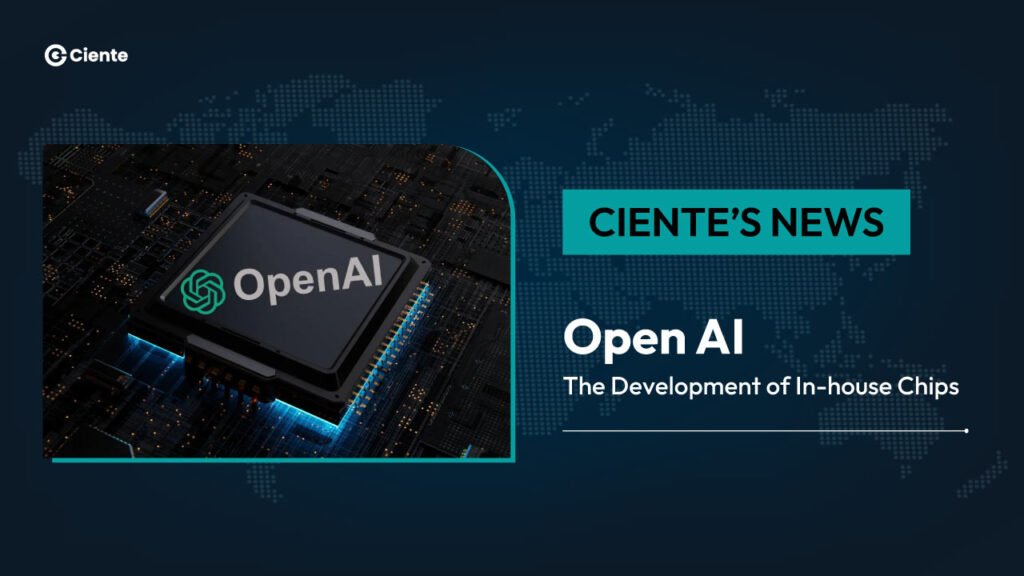Reuters, in their exclusive news coverage, has revealed OpenAI plans to develop their in-house artificial intelligence silicon.
The reason stated in the coverage is that OpenAI is looking to reduce its reliance on Nvidia.
OpenAI is finalizing the design for the first in-house chip and will be sending it for manufacturing to the Taiwan Semiconductor Manufacturing Co. This process of sending a first design to a chip factory is known as “Taping out.”
Reuters says, “The update shows that OpenAI is on track to meet its ambitious goal of mass production at TSMC in 2026.”
But the catch here is— developing a tape-out requires tens of millions of dollars, and any mistakes or errors would need to be diagnosed, and the tape-out would have to be repeated.
The silicon, according to Reuters, is being developed by Richard Ho, the head of hardware at OpenAI. Ho was previously the Senior Director of Engineering at Google and led Google’s “custom AI chip program.”
The Global AI competition
Ever since DeepSeek released its model with cheaper capabilities, the behavior of the US’s AI labs has changed dramatically.
It’s as if the DeepSeek model was a wake-up call for many investors, scientists, engineers, and business leaders. OpenAI, especially, seems to have understood something that others have not. Their behavior was drastically different— launching DeepResearch days after the Chinese model.
The people in Silicon Valley have felt the threat of another dominant player in the market and want to be as independent as possible.
This news of OpenAI developing its chip is hardly surprising— Sam Altman is a visionary and wants to create chips that match his preferences and vision for the future of ChatGPT. And Microsoft, Google, and Meta, too, have ramped up production of custom chips. This was a no-brainer for him.
There are many reasons for developing the chip in-house, but the biggest reason could be to create custom-built chips for the sole purpose of housing ChatGPT and its processes.
This move could give OpenAI significant control over hardware and software, potentially shifting market dynamics.



